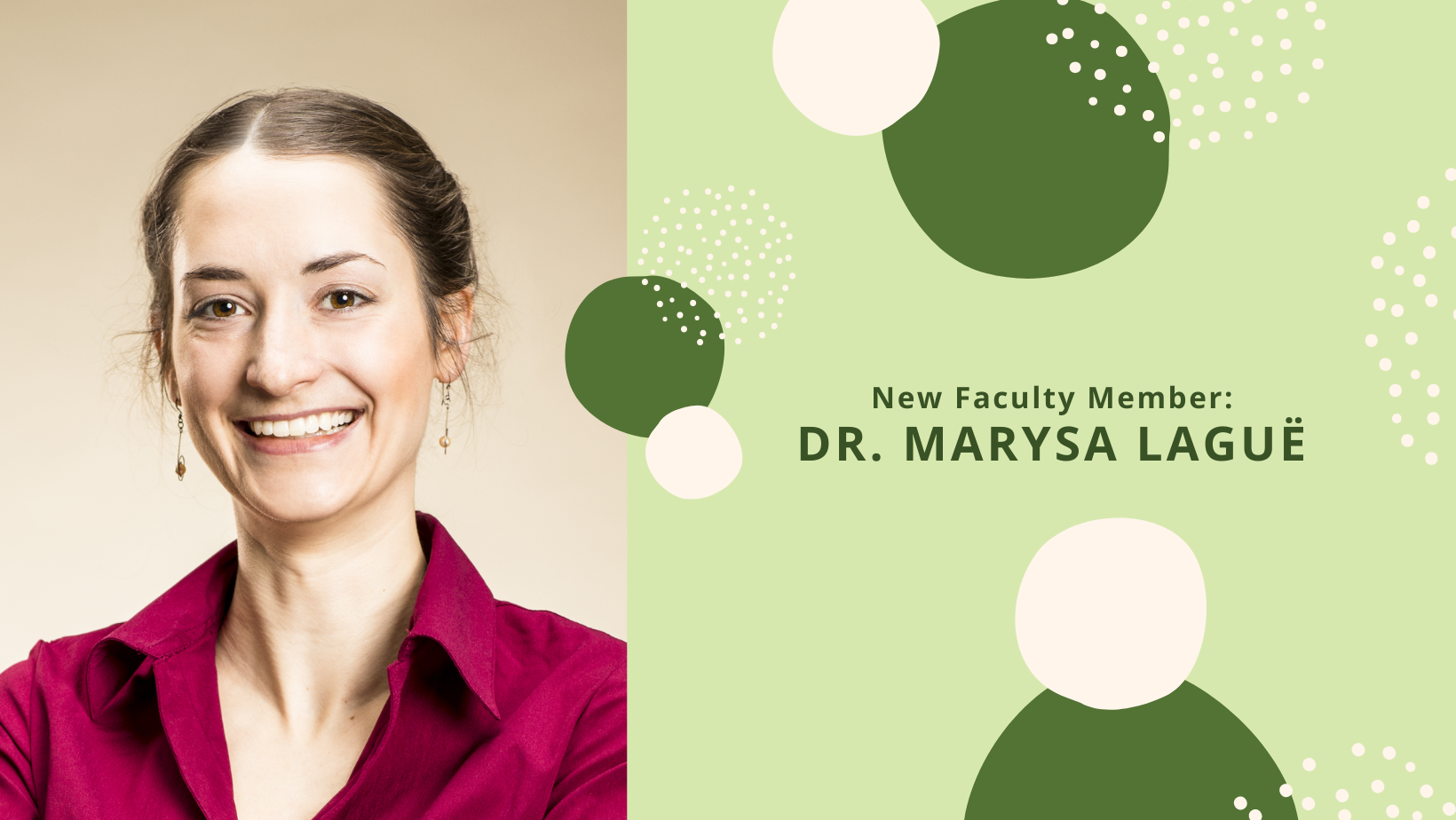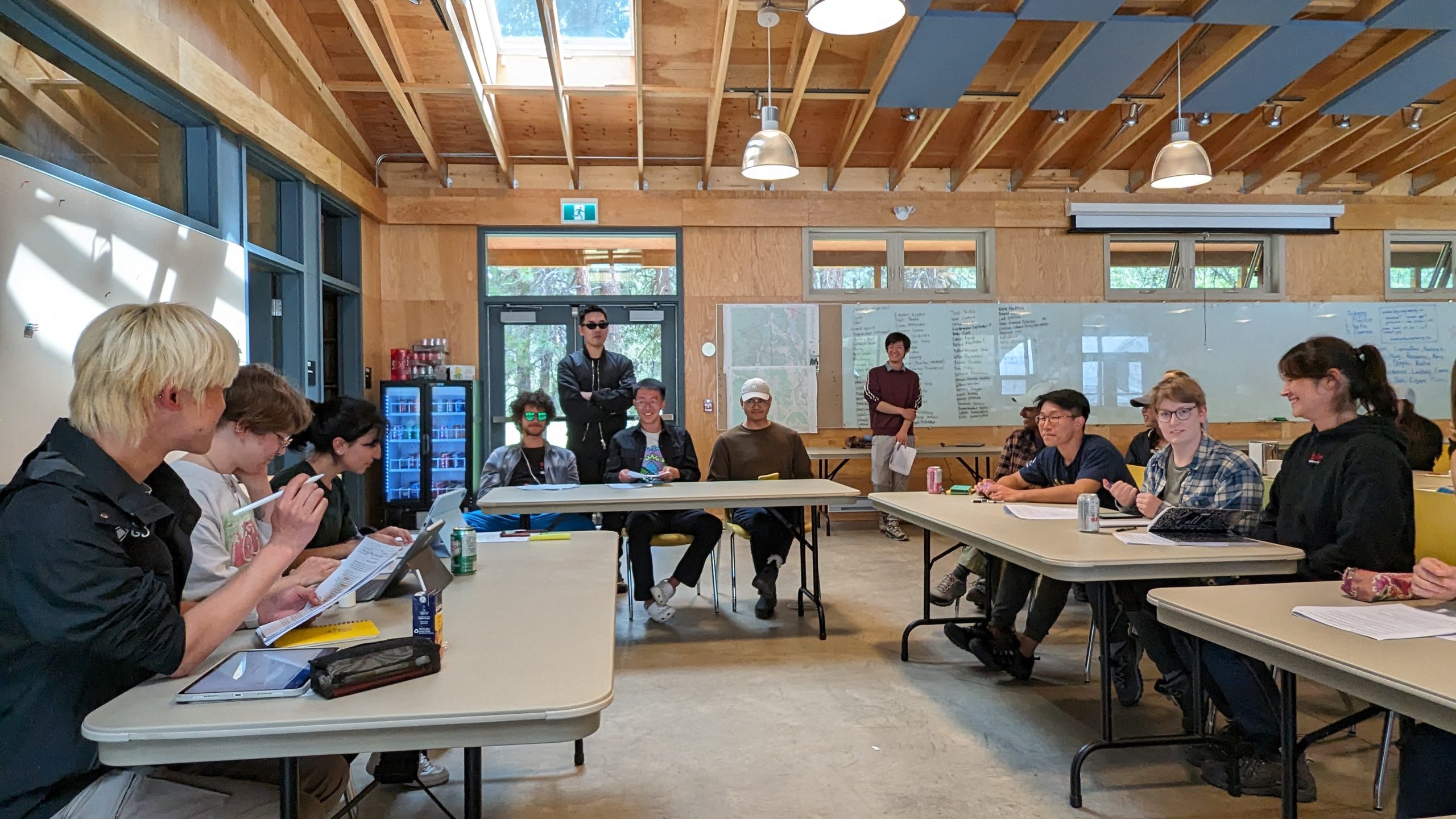

Jopwell / Pexels
Dr. Siobhán McPhee and PhD candidate Micheal Jerowsky have shared their findings on the benefits of blended learning at UBC in The Conversation.
They surveyed students taking a first-year geography course at UBC to evaluate experiences of using blended learning – which combines face to face and virtual instruction.
Their results showed a blended approach gave students a strong motivation to learn while working at their own pace. Overall, students felt there was a good balance between asynchronous and synchronous learning, and this helped them make connections between lectures, assignments and course learning materials while collaborating.
Dr. McPhee and Mr. Jerowsky offer the following insights:
Insights for designing a blended classroom
- It’s important for instructors to choose digital tools that are easy to use and navigate;
- A blended classroom should be student-centred. The tools used in our course allowed students to work at their own pace, improved their ability to collaborate and communicate with others, and encouraged them to explore course concepts more fully;
- Instructors should choose digital tools that support course learning objectives. A common trap is adapting a course to a specific tool. But in a successfully blended classroom, digital tools should enhance learning rather than restrict it.
- Consider how to enhance students’ ability to use different tools so that they can adapt to rapidly changing labour markets and classrooms.


